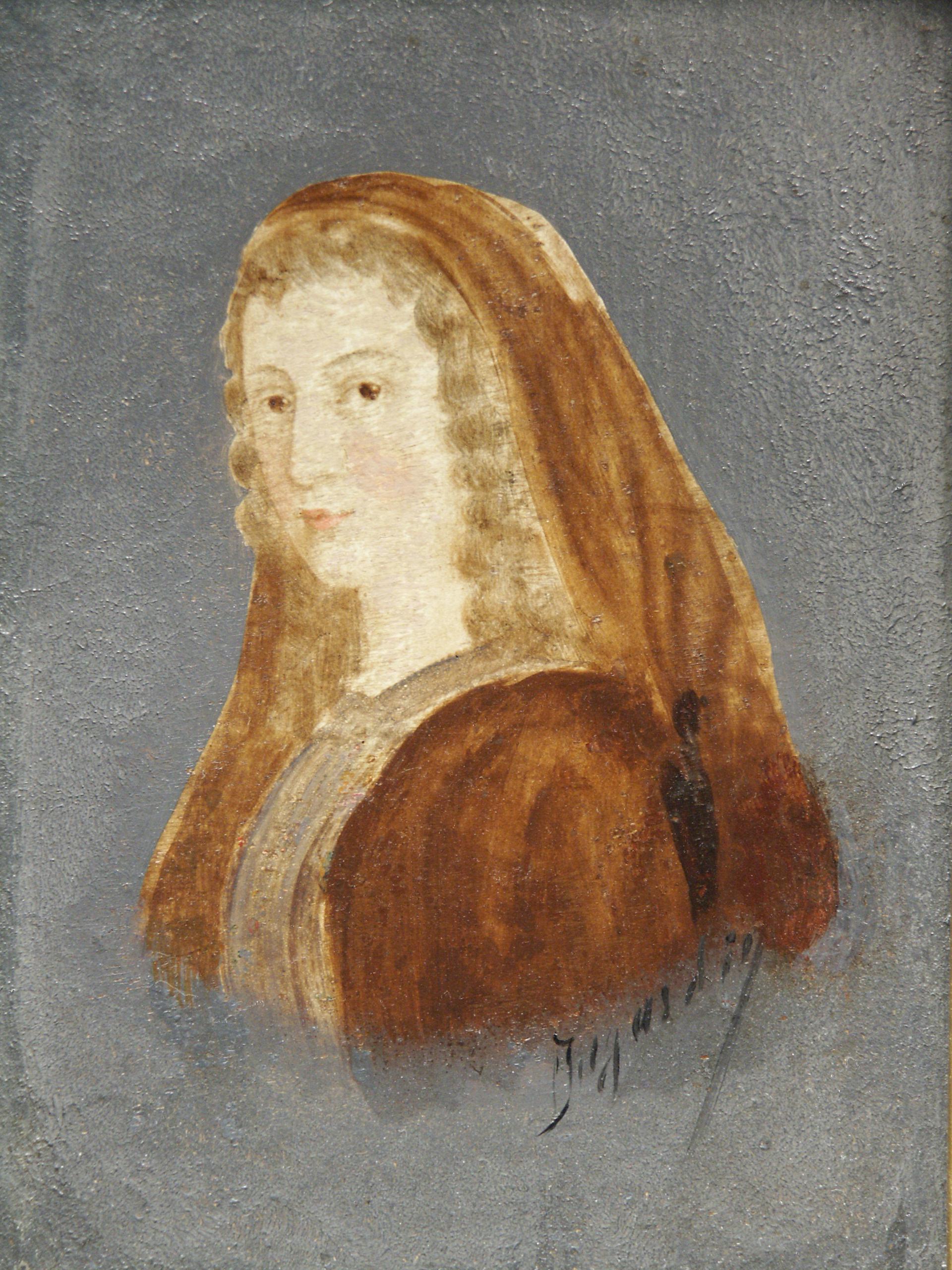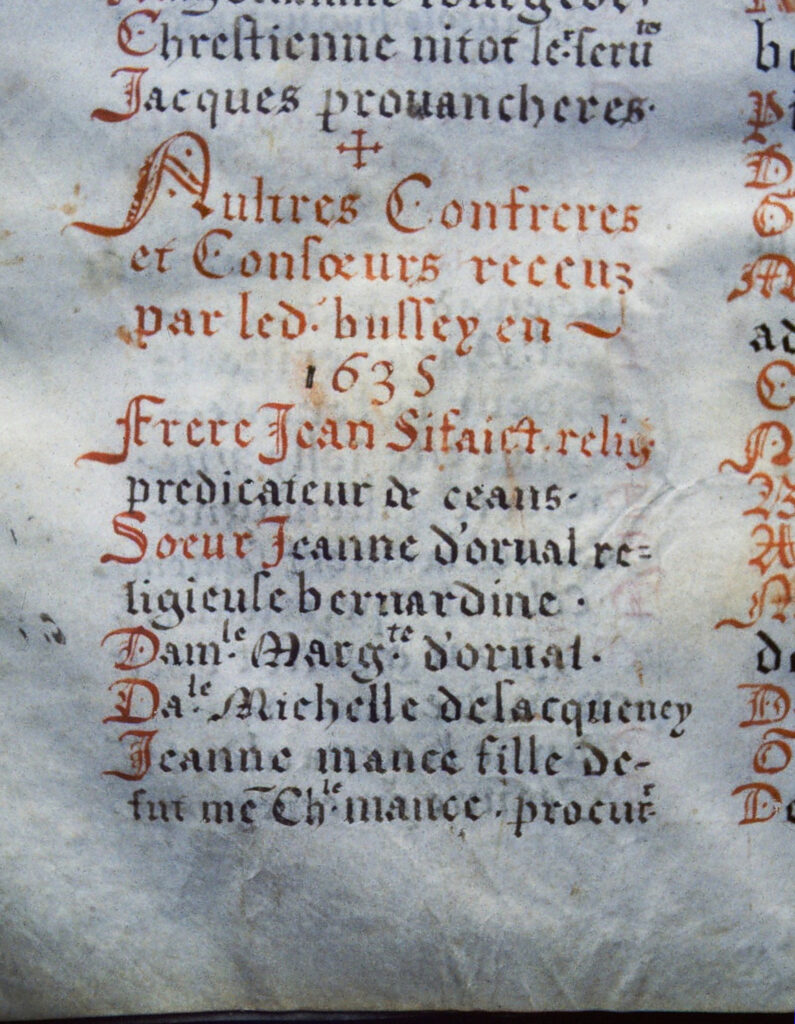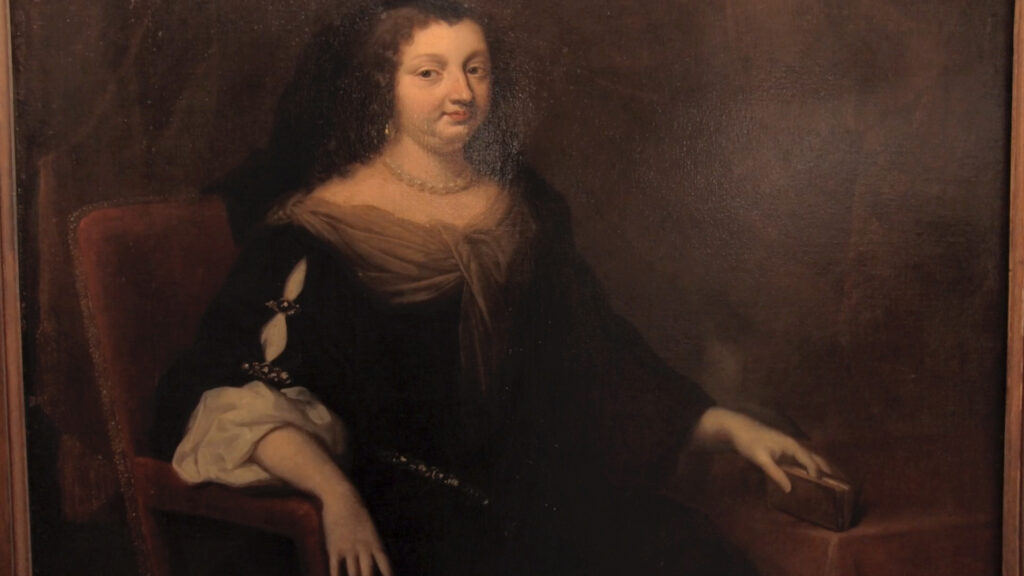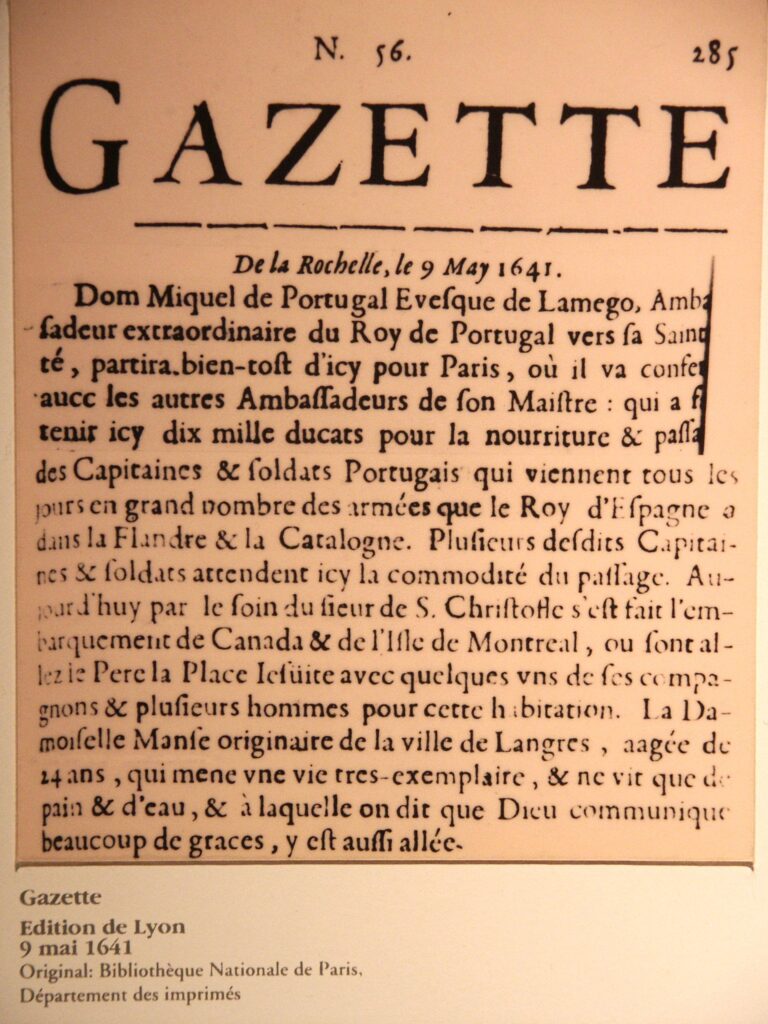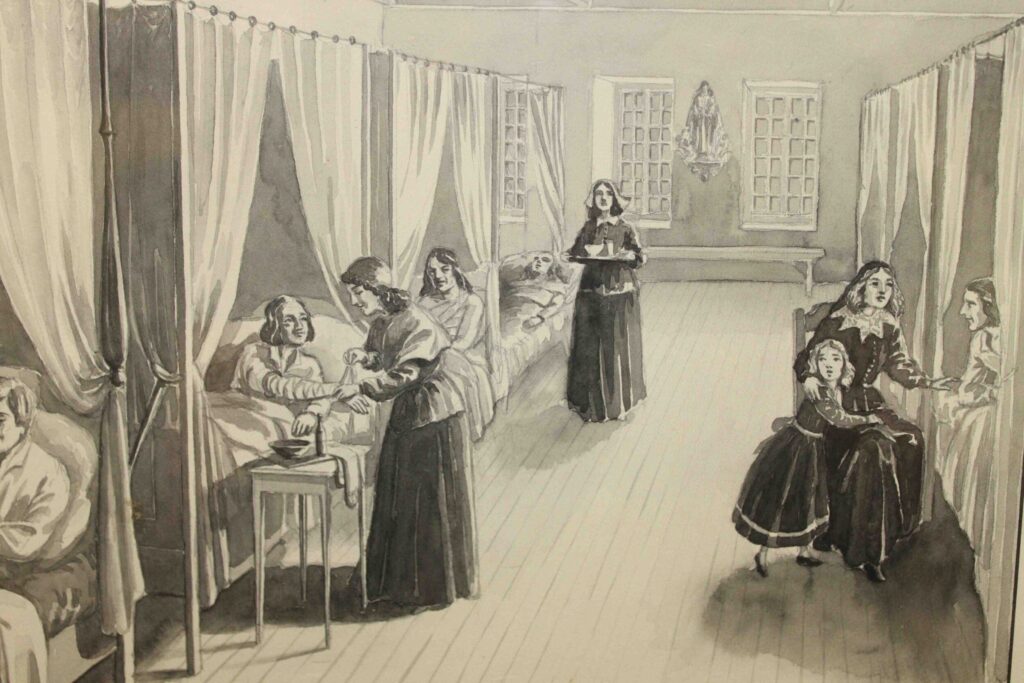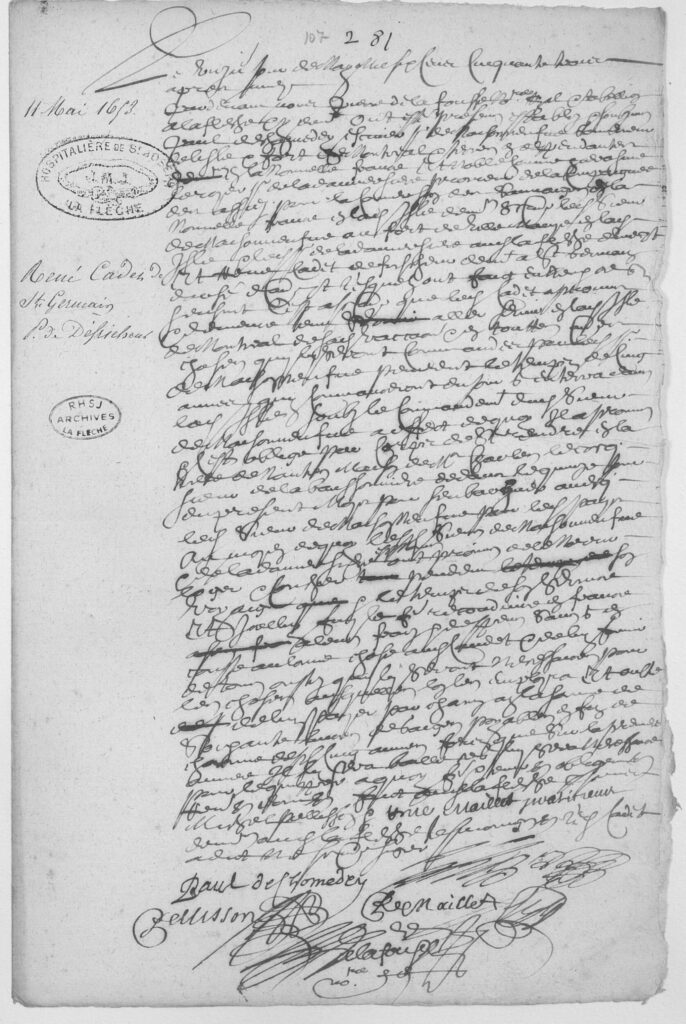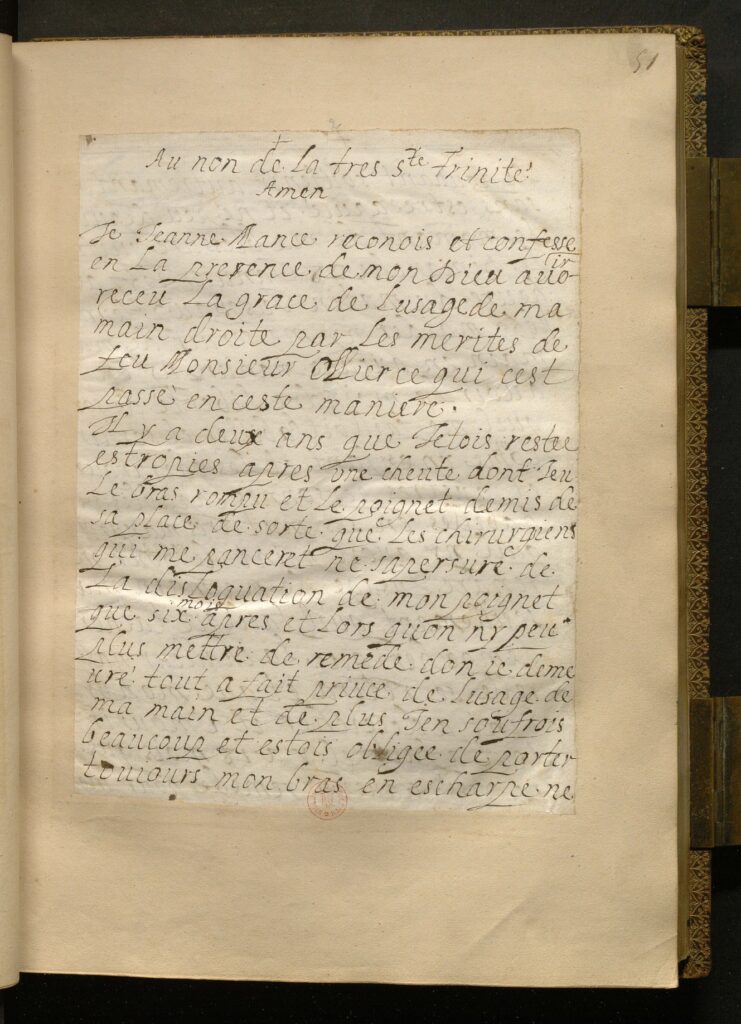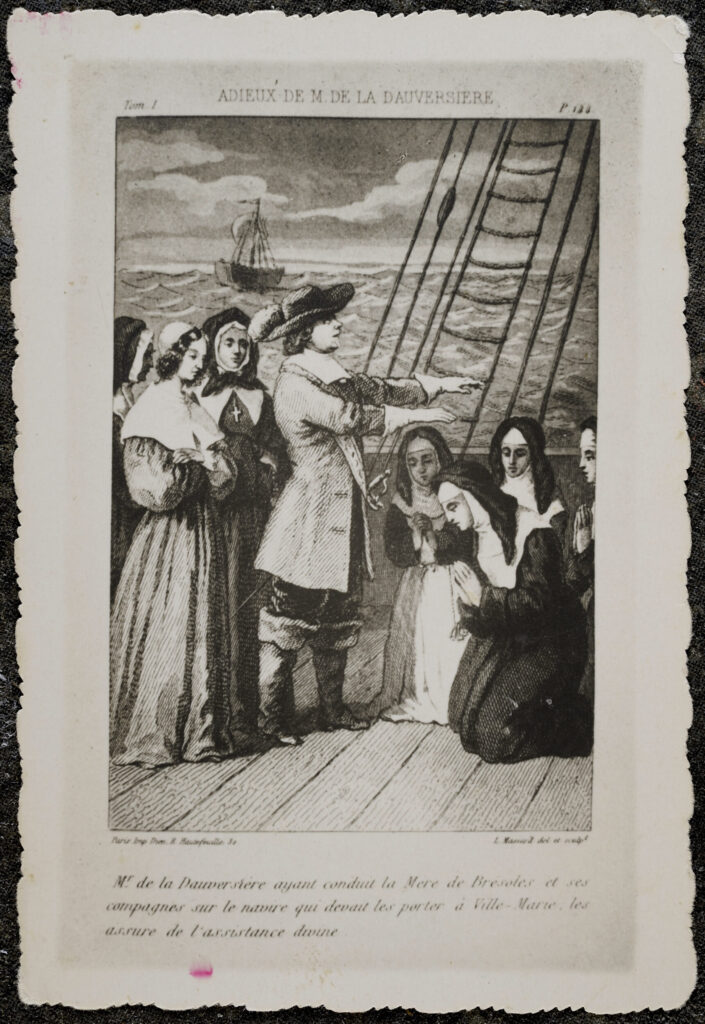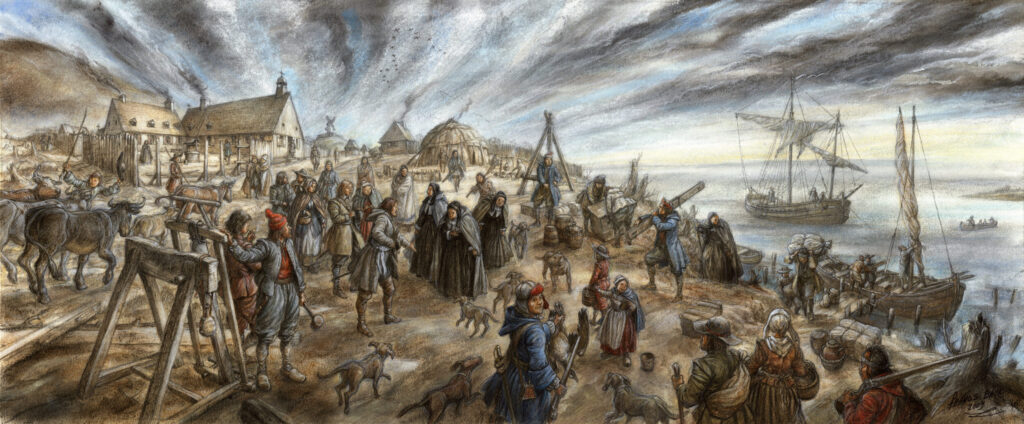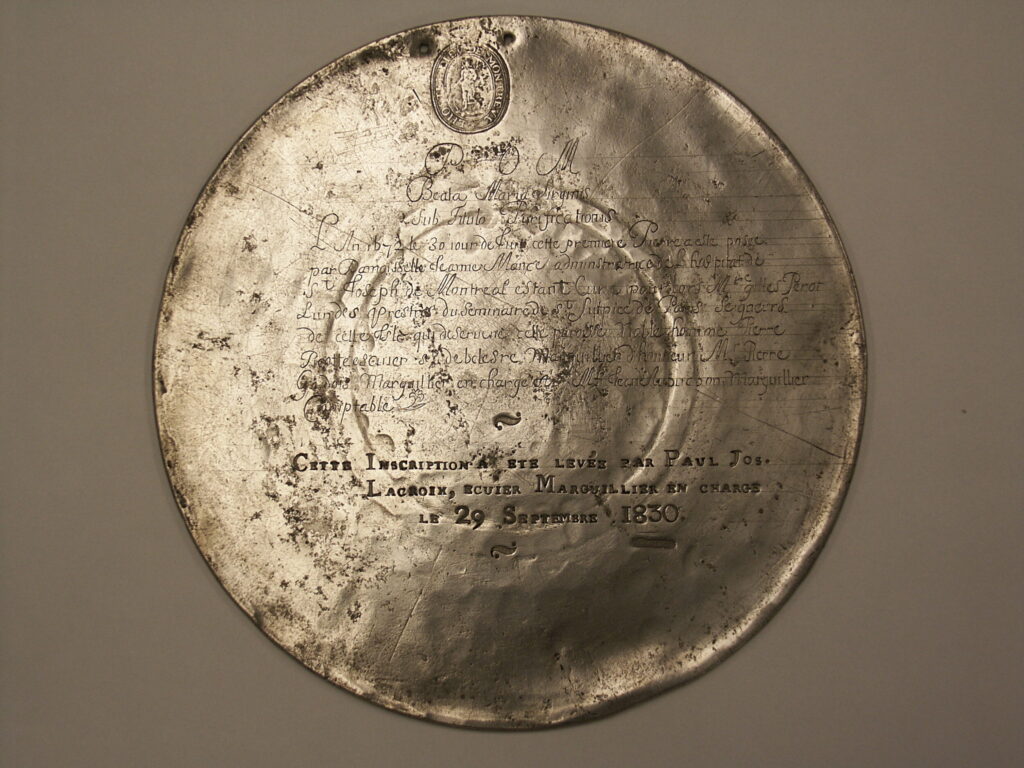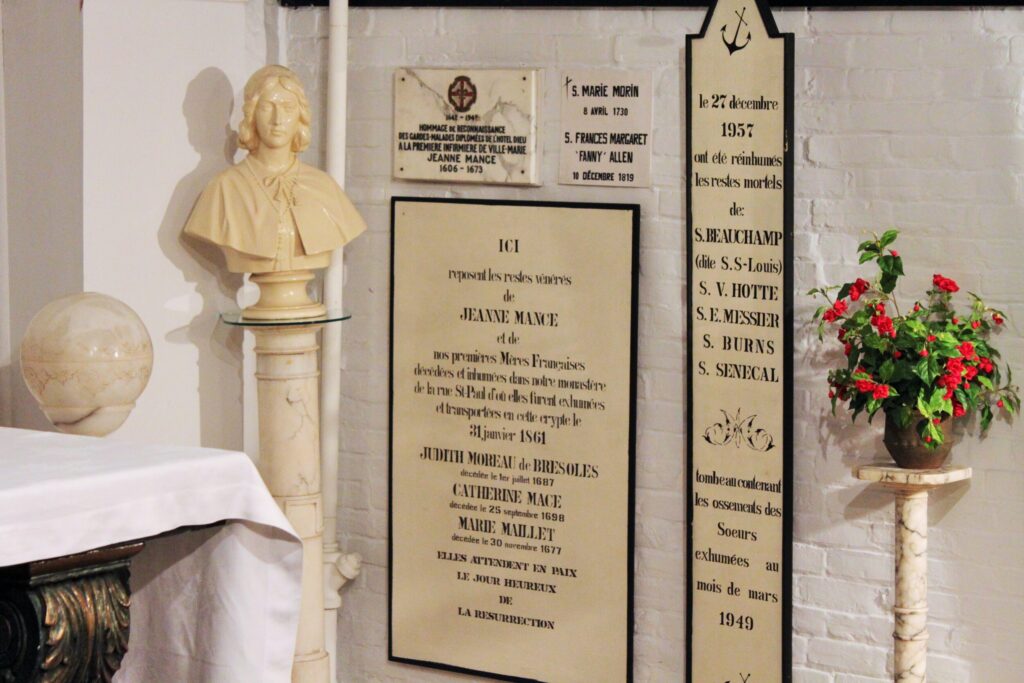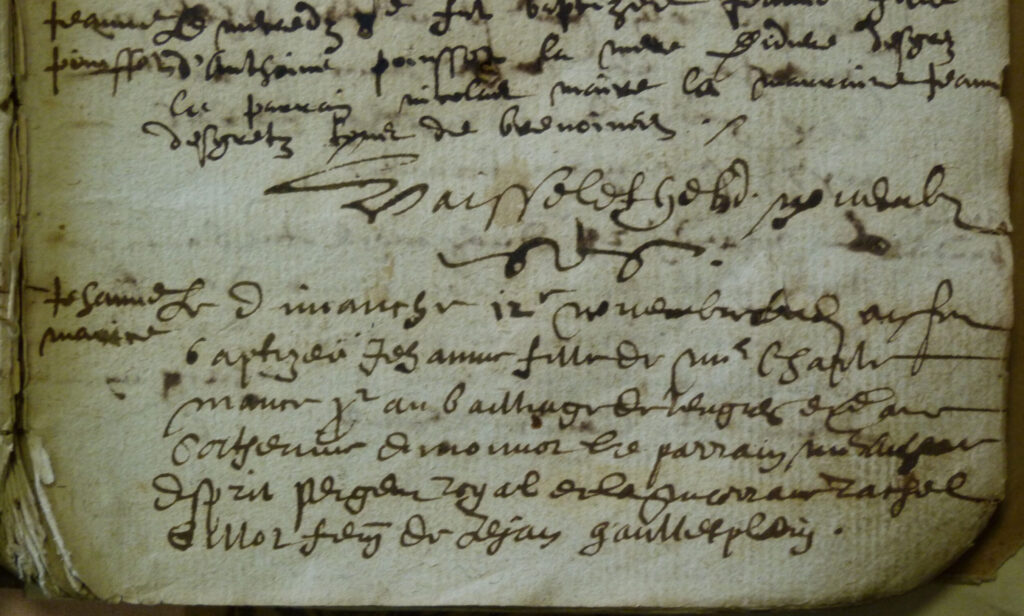
November 12, 1606
Daughter of Charles Mance, prosecutor at the bailiwick of Langres, and Catherine Emonnot, Jeanne Mance was baptized in the Church of Saint Pierre and Saint Paul in Langres. She was the second of a family of twelve children, six boys, six girls. A secular single woman, Jeanne did not wish to marry or enter a religious order.

